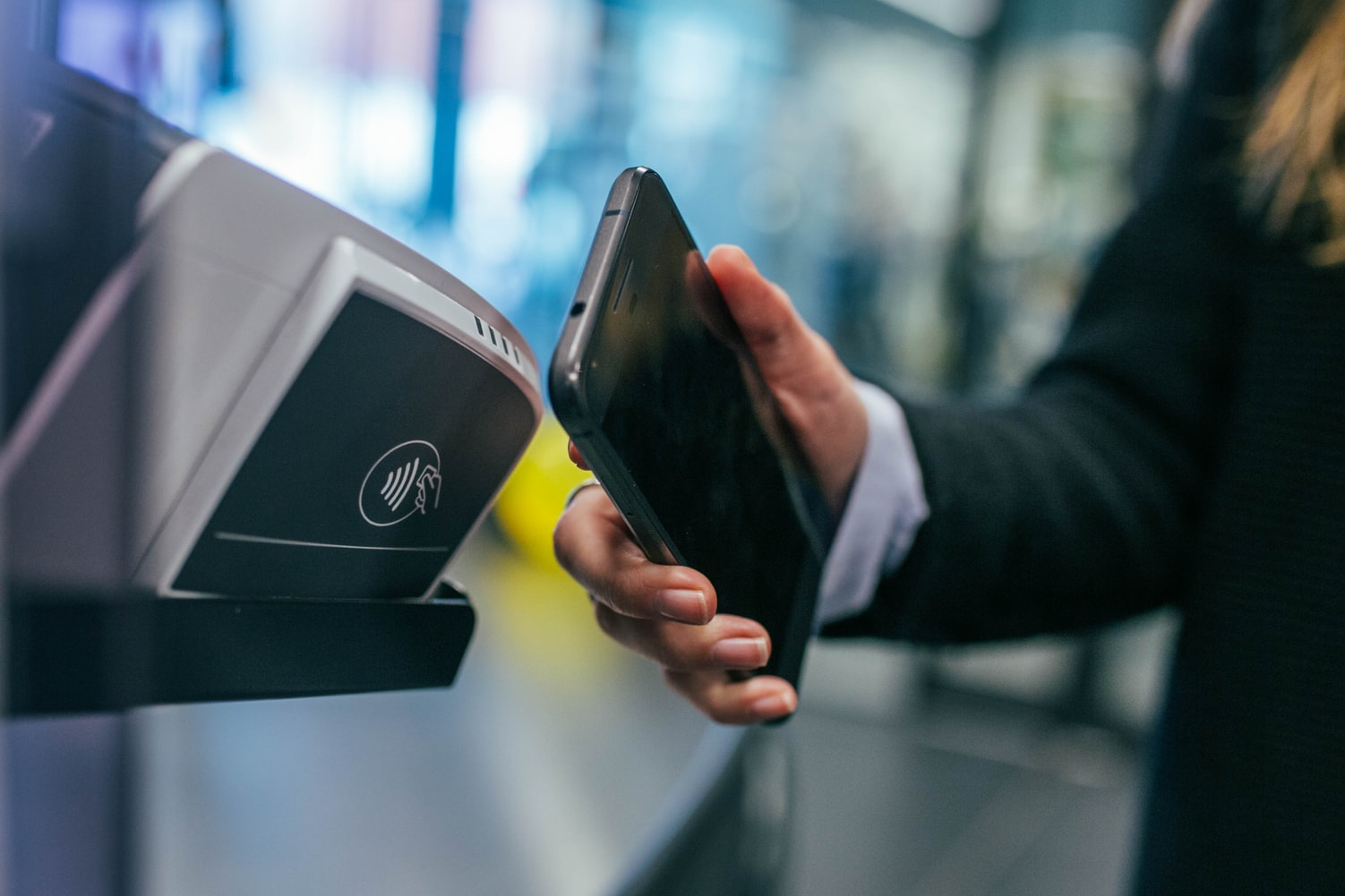Will coronavirus force NFC's biggest holdouts to adopt contactless payments?
Growing recognition that coronavirus can survive on hard surfaces for up to 72 hours — making it riskier to use PIN pads and touchscreens at the point of sale — is causing merchants around the world to rethink payment technology, especially at supermarkets.
NFC-based contactless payments reduce the need to physically touch a payment terminal, lowering the risk of spreading COVID-19. But contactless card distribution in the U.S. is still lagging, while supermarket leaders Walmart and Kroger Co. remain NFC holdouts.
Outside the U.S., merchants face different dilemmas at the checkout. Contactless payments are widespread, but until recently many credit and debit card purchases, including those above $50, call for manual PIN entry due to the traditional chip-and-PIN approach to EMV.
Banks in some countries — including Denmark — recently raised the cumulative limit for contactless payments with a debit card to minimize the need to enter a PIN during the outbreak.
Shops in Denmark are putting up signs urging customers to pay with contactless methods instead of germ-ridden cash, and government officials are encouraging people to use contactless and mobile payments to slow the spread of disease, said Kristian Sørensen, a former executive at Denmark’s Nets payments technology firm who is now a partner at Copenhagen-based Norfico, a fintech consulting firm.

“Use contactless payments, not cash, and if you are forced to enter a code at the terminal, make sure you wash your hands as soon as possible,” said TV 2, a government-owned cable TV station in Denmark, in an article this month offering hygienic shopping tips during the virus outbreak.
These problems are heightened by the fact that during the coronavirus crisis, consumers are making frequent trips to supermarkets to restock on food and household items in short supply.
Mobile wallets offer an obvious solution, but until now adoption has been scant. In the U.S., contactless mobile payments leveraging NFC wallets at the point of sale account for only about 2% of in-store transactions, according to Jordan McKee, research director at 451 Research, citing the company’s Global Unified Commerce Forecast.
While Apple Inc. promotes mobile payments with cash-back incentives for customers who use Apple Pay to check out in stores with the Apple Card, merchants have had little reason to promote NFC wallets.
Coronavirus may force these factors to change, according to observers.
“There’s potential for the coronavirus to catalyze adoption of tap-to-pay in the U.S. and I wouldn’t be surprised to see opportunistic issuers, networks and wallet providers begin to promote the sanitary benefits of contactless over cash in their marketing messaging,” McKee said.
Several top U.S. merchants accept contactless payments, and at least 63% of transactions are taking place at contactless-enabled merchants, said Randy Vanderhoof, executive director of the Secure Technology Alliance, a U.S.-based nonprofit organization representing payments industry participants.
One problem currently dogging contactless usage in the U.S. is lack of awareness, Vanderhoof said.
“Consumers may not realize a retailer has turned contactless on, so they don’t try to tap,” Vanderhoof said, noting that retailers should promote NFC payments at the POS through clear signage, screen prompts and other methods of communication.
The time it takes for a retailer to turn on contactless payment acceptance can be from a few weeks to several months, if it requires adding NFC technology to an existing EMV-enabled payment terminal, according to Vanderhoof.
A Walmart spokesperson said the company has made no changes in its strategy of not accepting NFC contactless payments. Kroger executives were not available to comment on any possible changes in its contactless situation. Both companies offer touch-free payment options at the checkout through proprietary wallet apps.
Walmart Pay debuted in late 2015, enabling shoppers to link a payment card to the app and check out by scanning a QR code. Kroger introduced a similar option, Kroger Pay, last year.
Significantly, Walmart was a key participant in CurrentC, a defunct QR code-based mobile wallet created in 2012 by the retailer consortium MCX, which was pitched as advantageous over NFC because it linked shopping preferences and payments within a proprietary app and supported payments via ACH.
Retailers in Europe have a keen interest in developing proprietary mobile wallets and coronavirus could be another catalyst, along with open banking regulations that are expanding merchants’ options, Norfico's Sørensen suggested.
Ironically, the U.S.’s late adoption of EMV technology has a silver lining when it comes to stemming the spread of viruses at the POS. Payment networks decided to skip the more secure chip-and-PIN approach in favor of contact-only EMV, to speed adoption after the U.S.’s October 2015 EMV liability shift.
Most other countries still follow the chip-and-PIN process, which prompts credit and debit card users for a PIN at the POS for higher-ticket transactions and also after a certain number of contactless transactions, to offset fraud from lost and stolen cards.
But contactless increasingly dominates at the checkout. In the U.K. and Australia, more than half of all transactions are contactless, as issuers and merchants began adopting NFC contactless payments more than a decade ago.
Denmark lagged five or six years behind the rest of Europe in contactless adoption because its popular domestic debit payment system, Dankort, initially didn't support NFC, Sørensen said.
But all Danish merchants were required to enable NFC by 2020, causing a dramatic acceleration. Nearly 75% of all card payments are now contactless, according to a December 2019 report from Denmark’s central bank.
“Denmark now leads most of Europe in contactless,” Sørensen said.
Source: PaymentSource
Does your business accept contactless payments? At National, we'll provide everything you need so you won't have to worry about losing revenue.
Get Started

